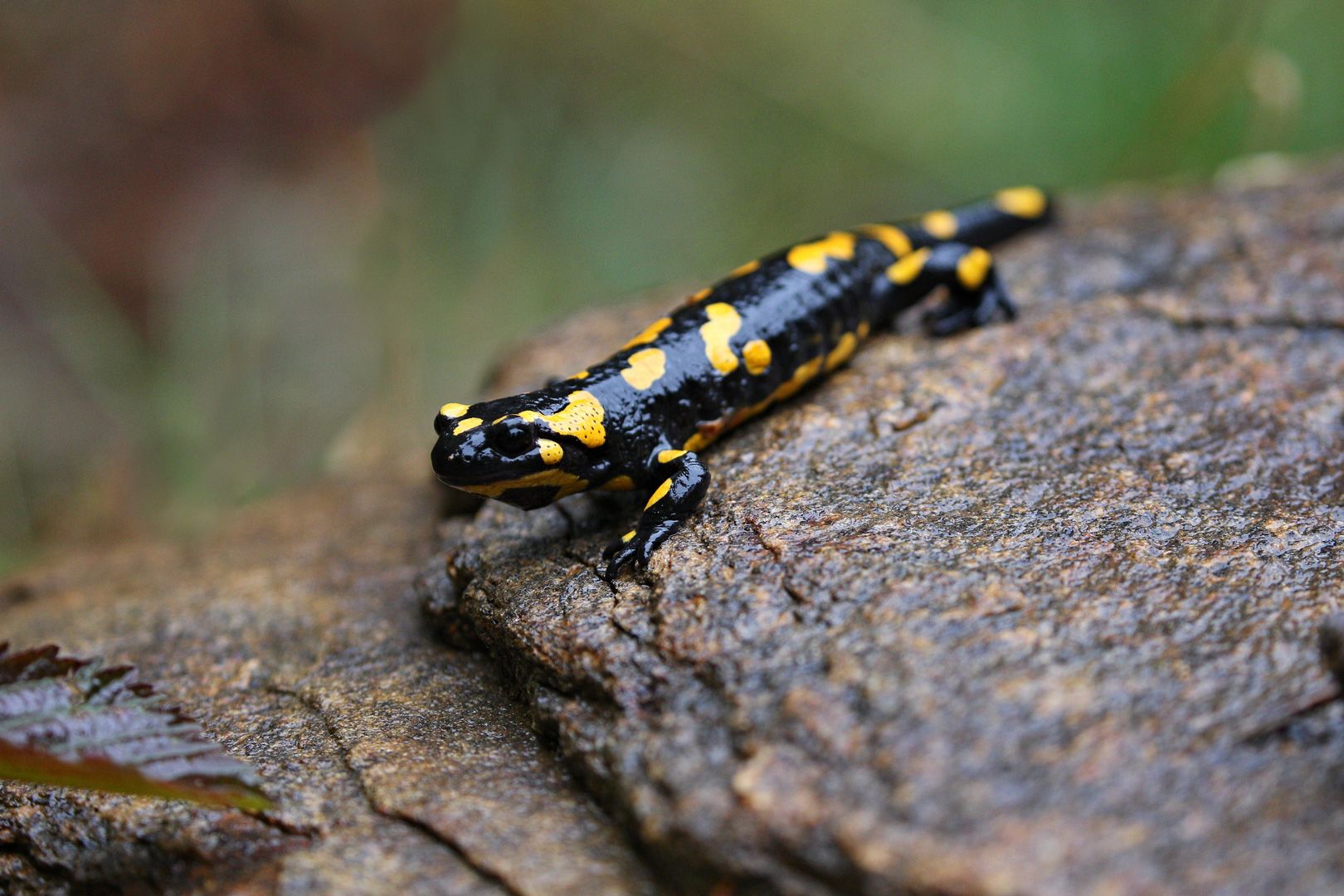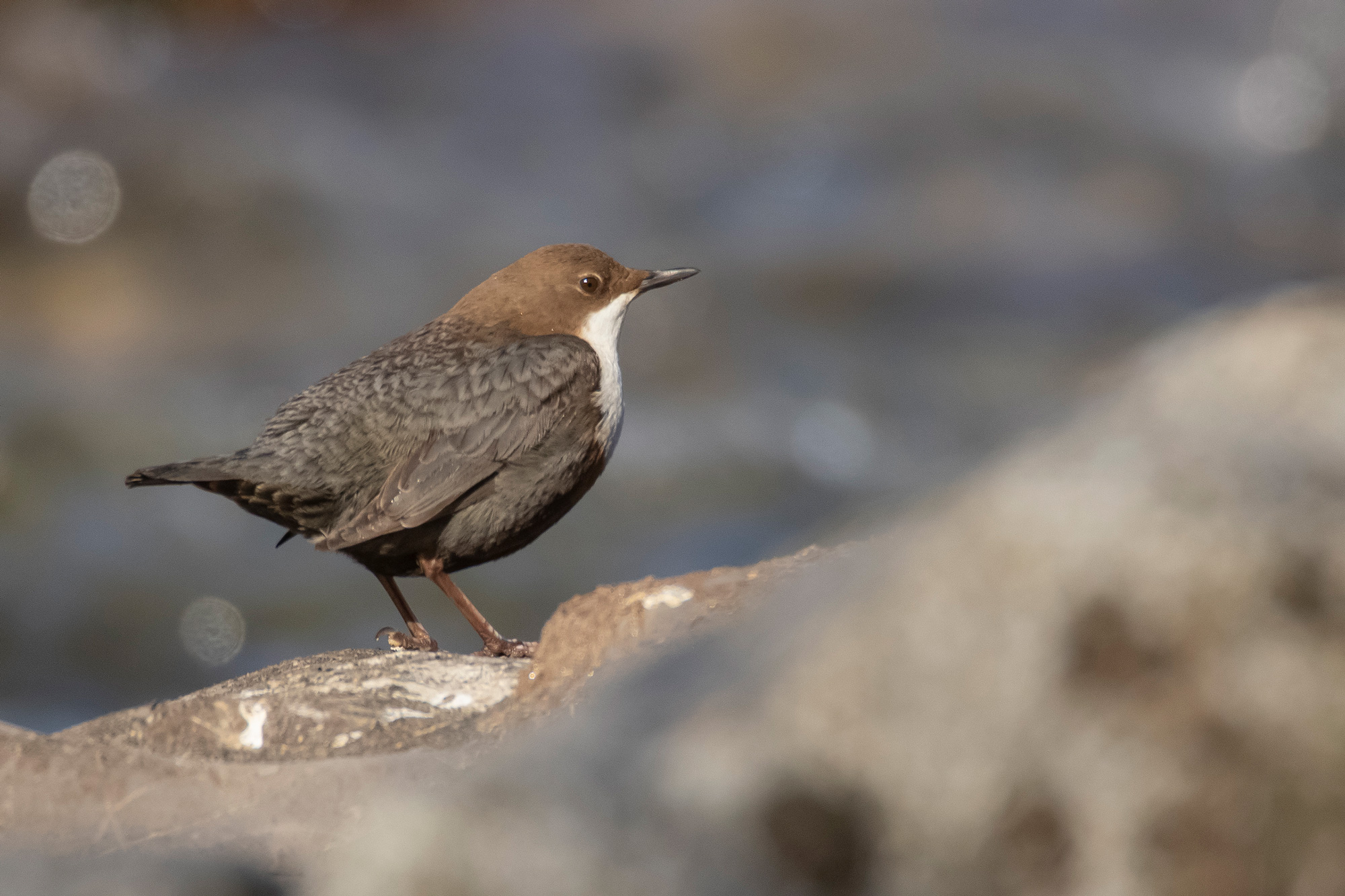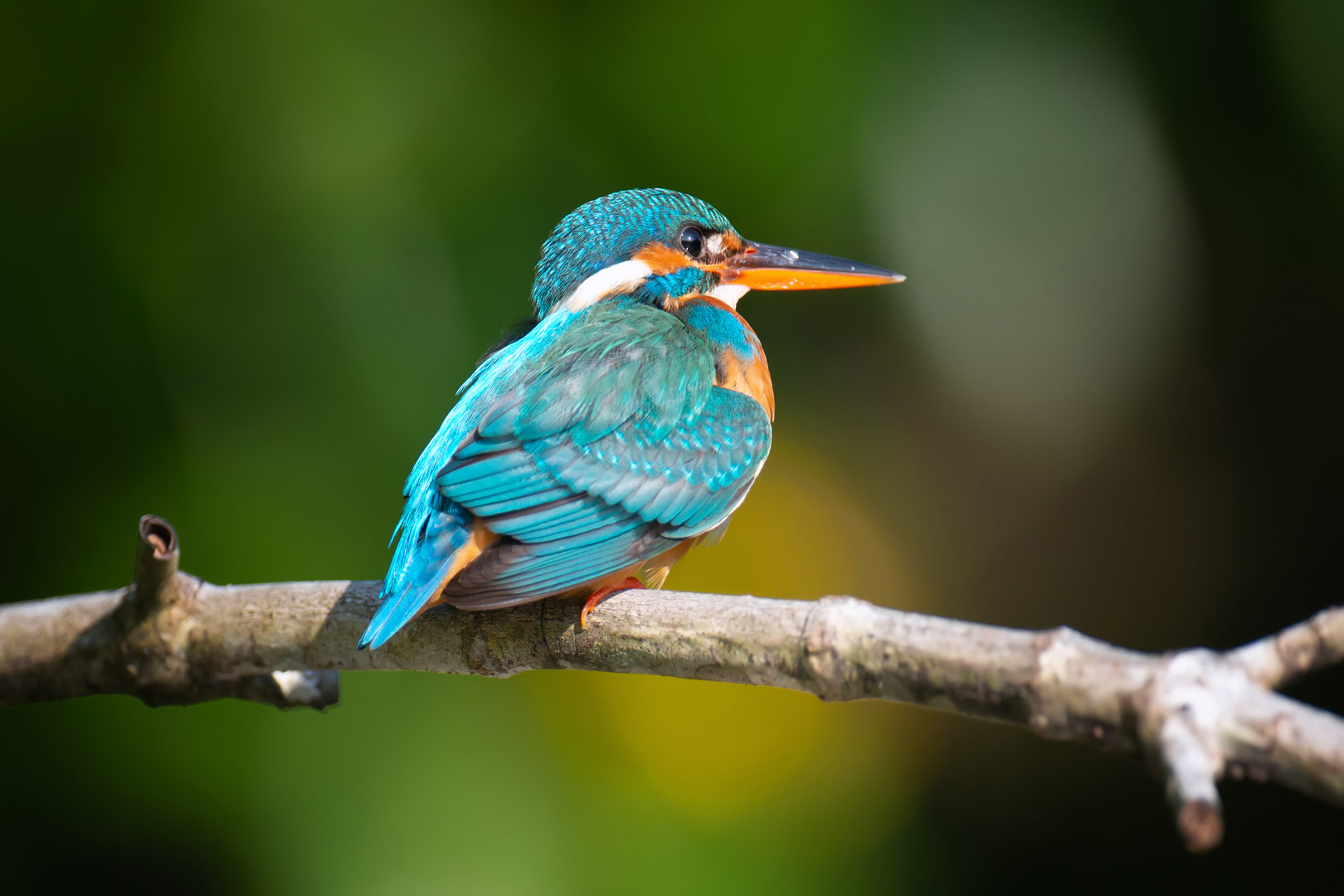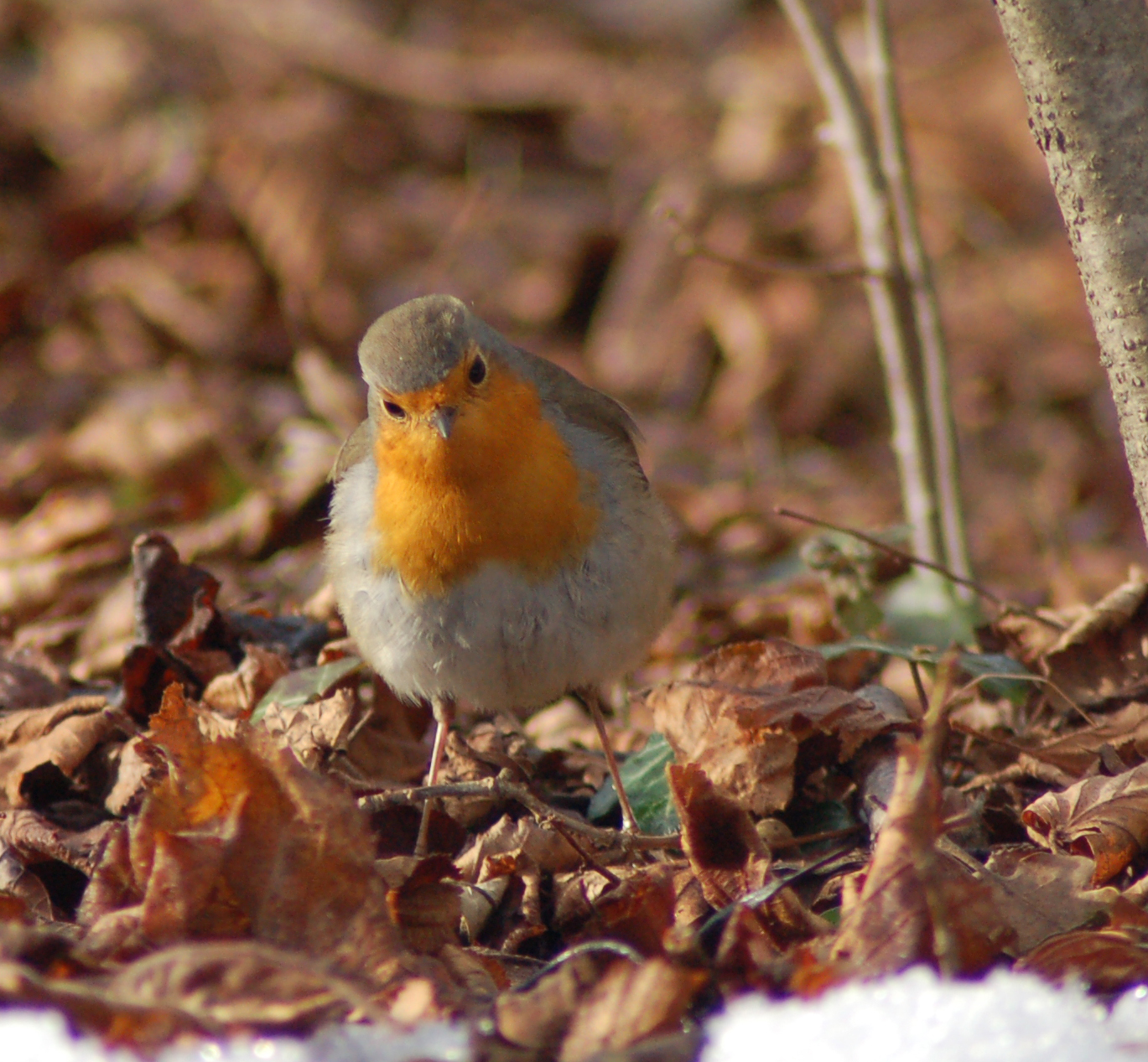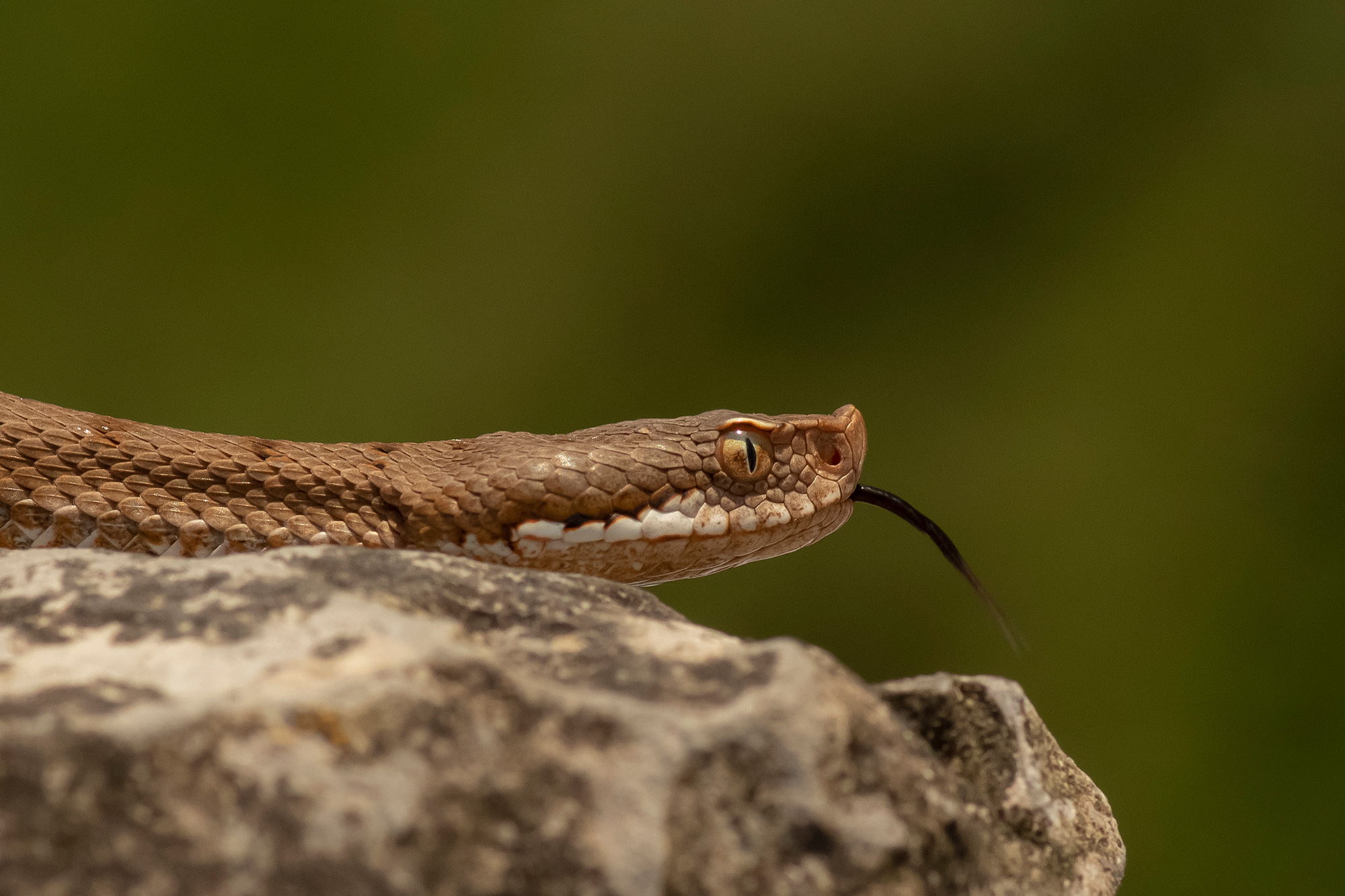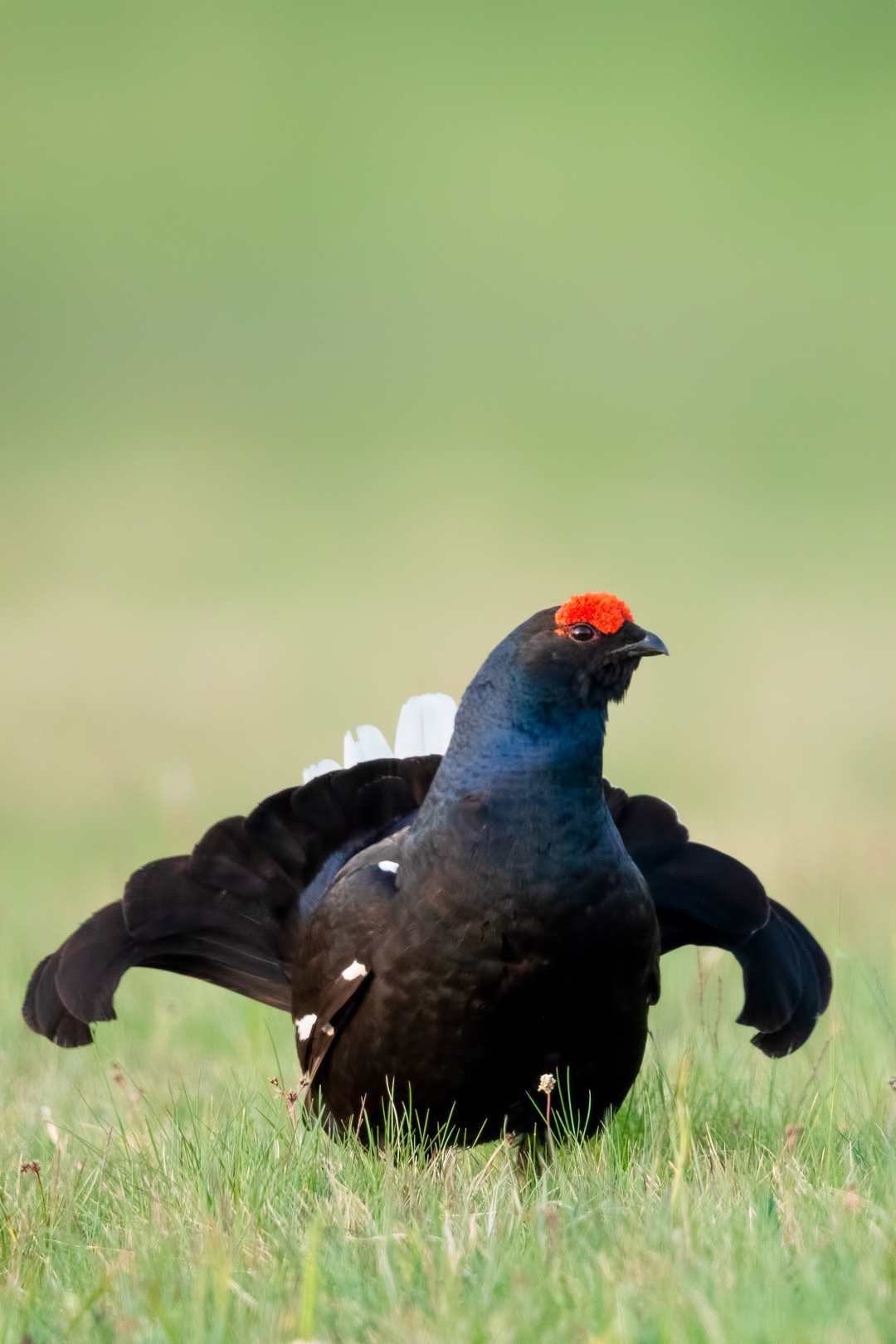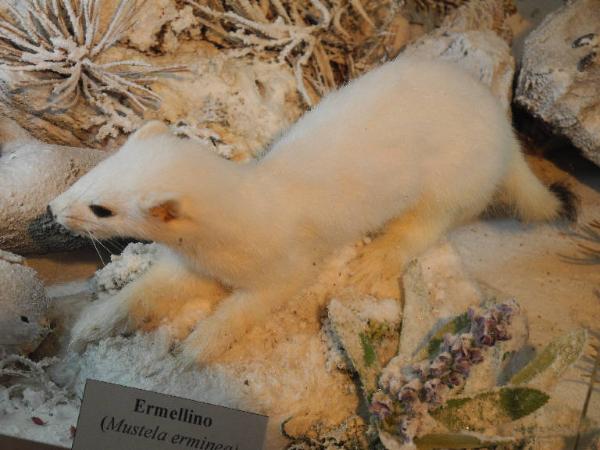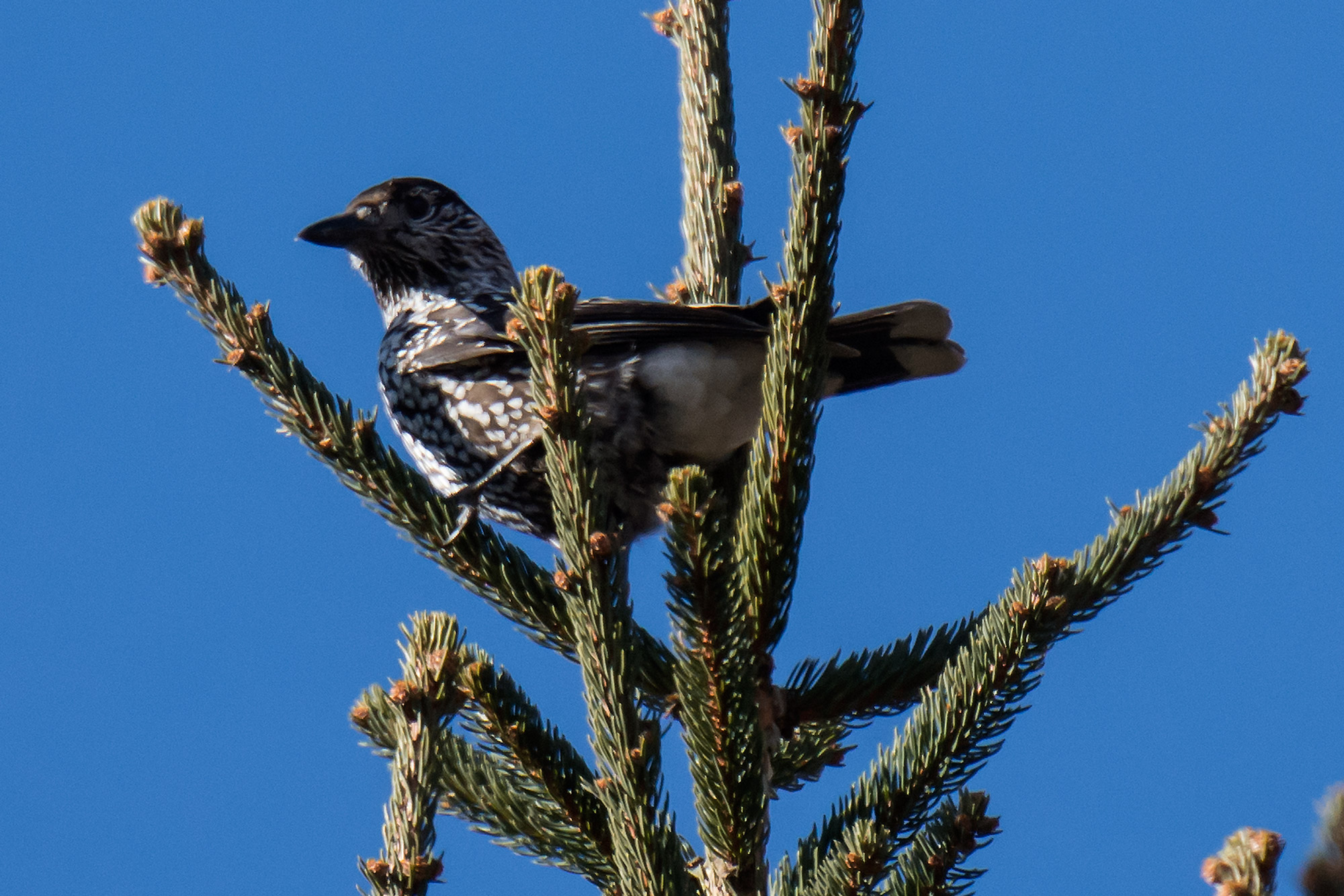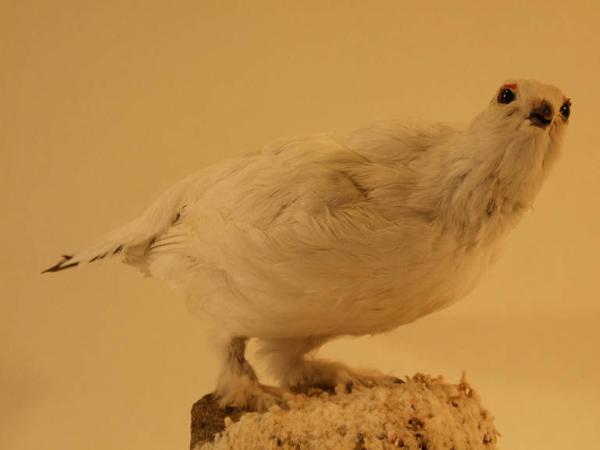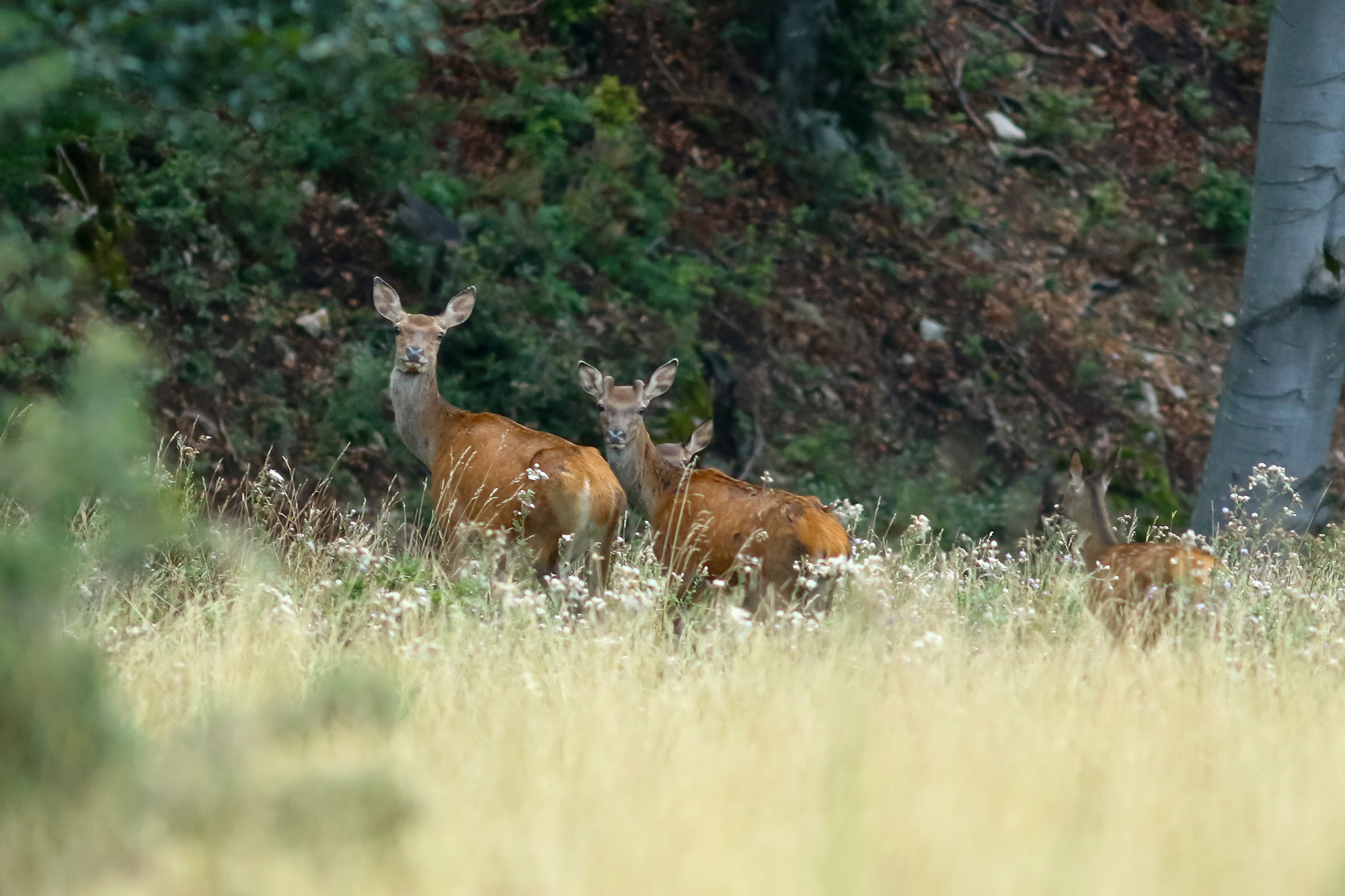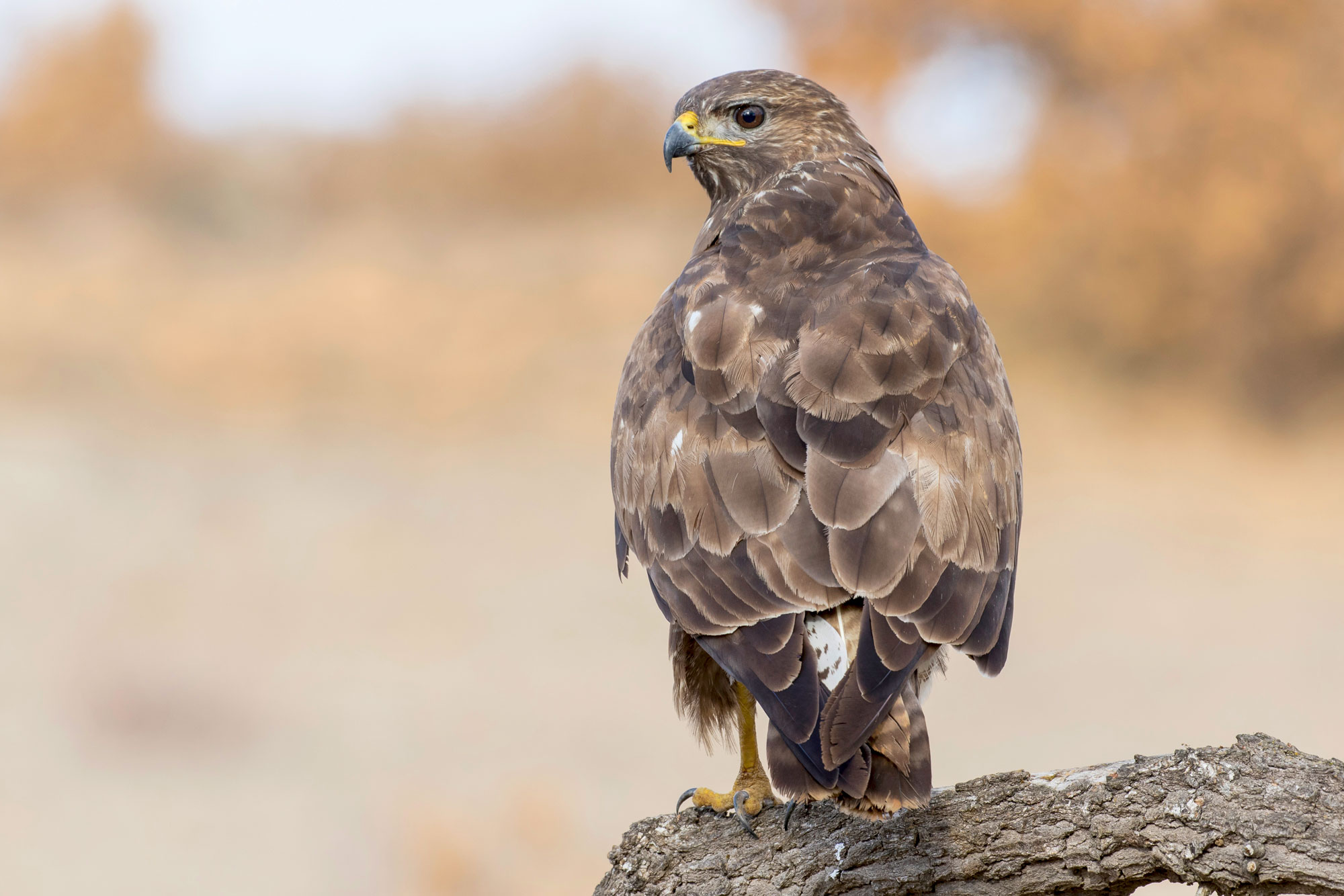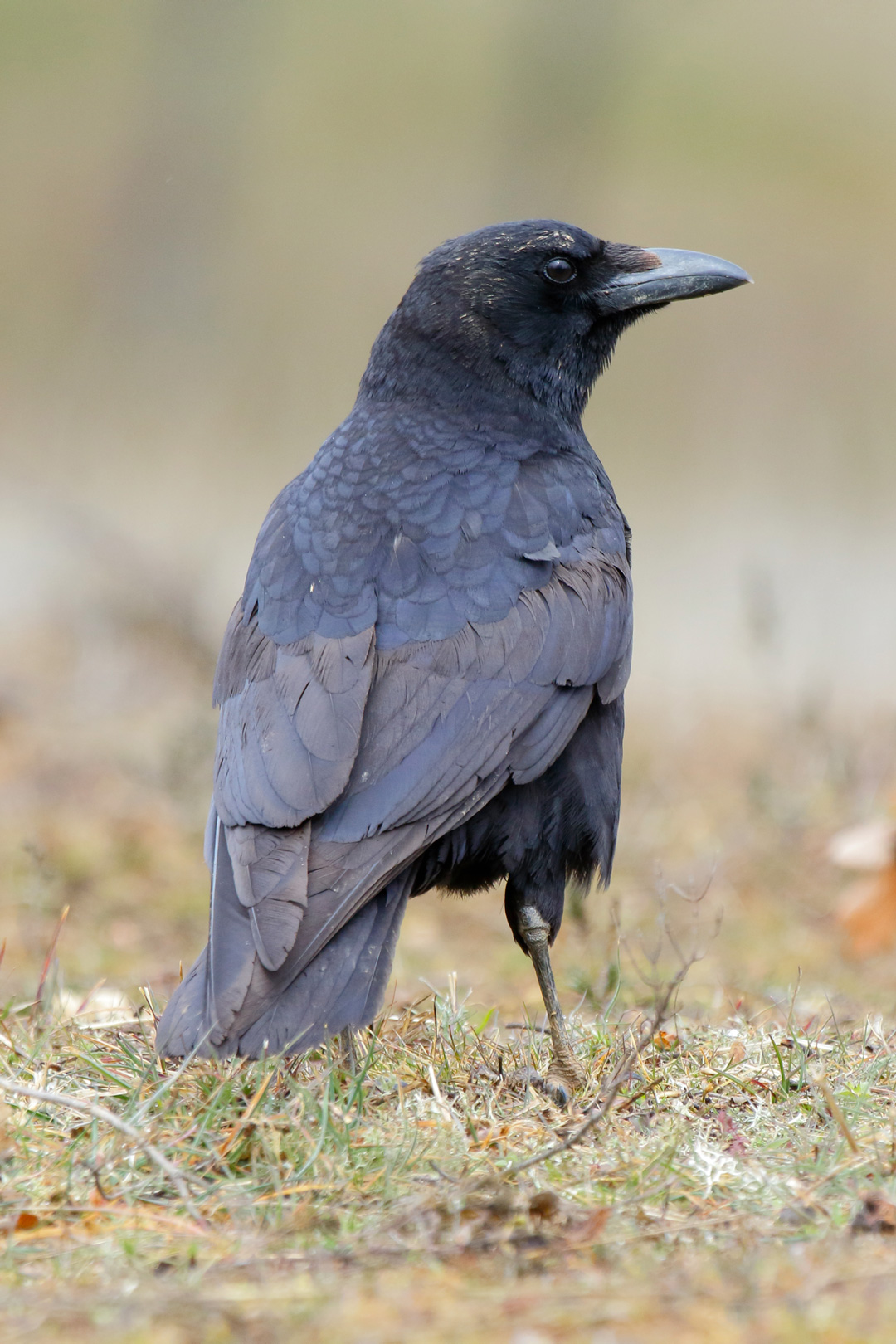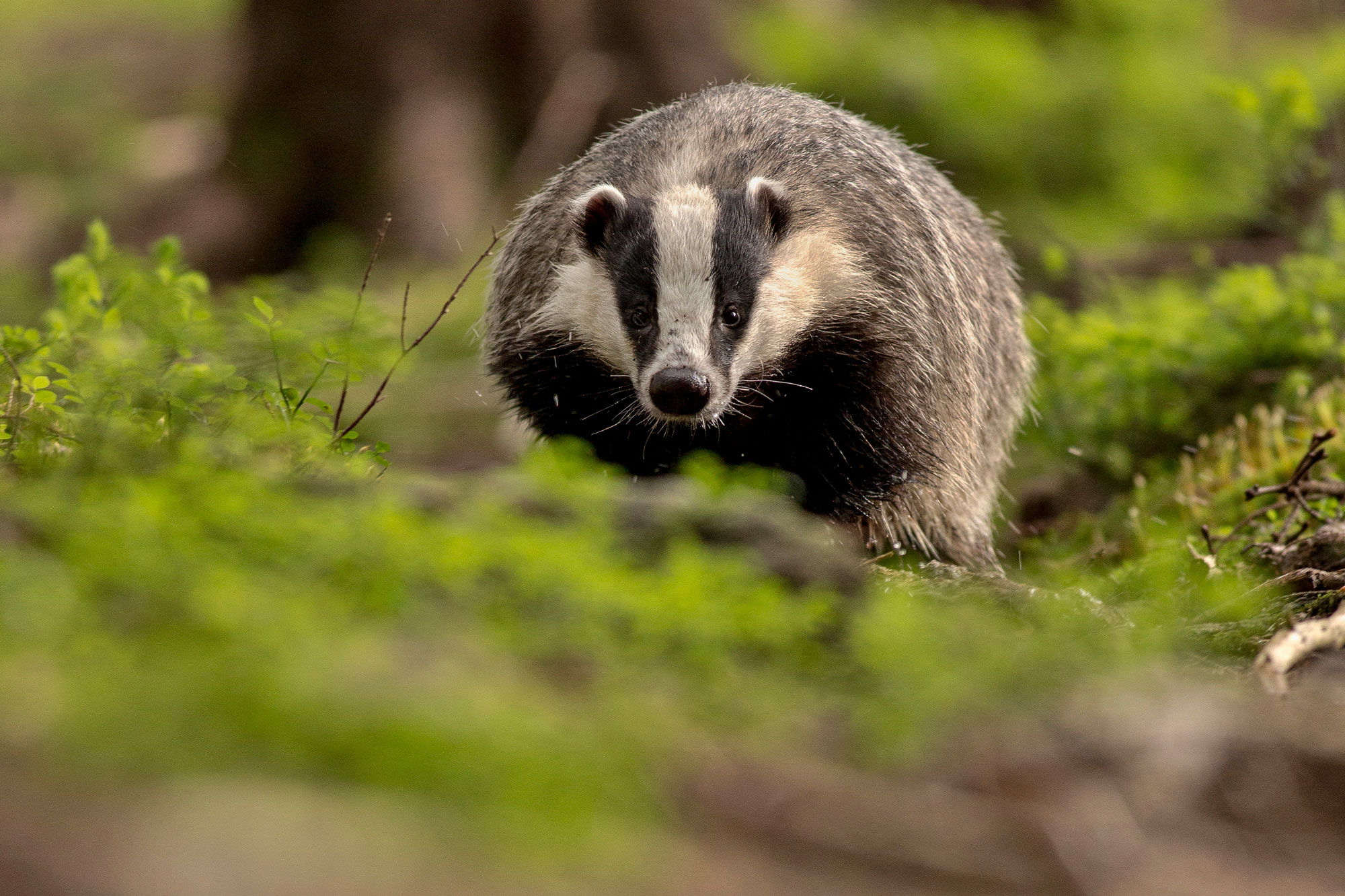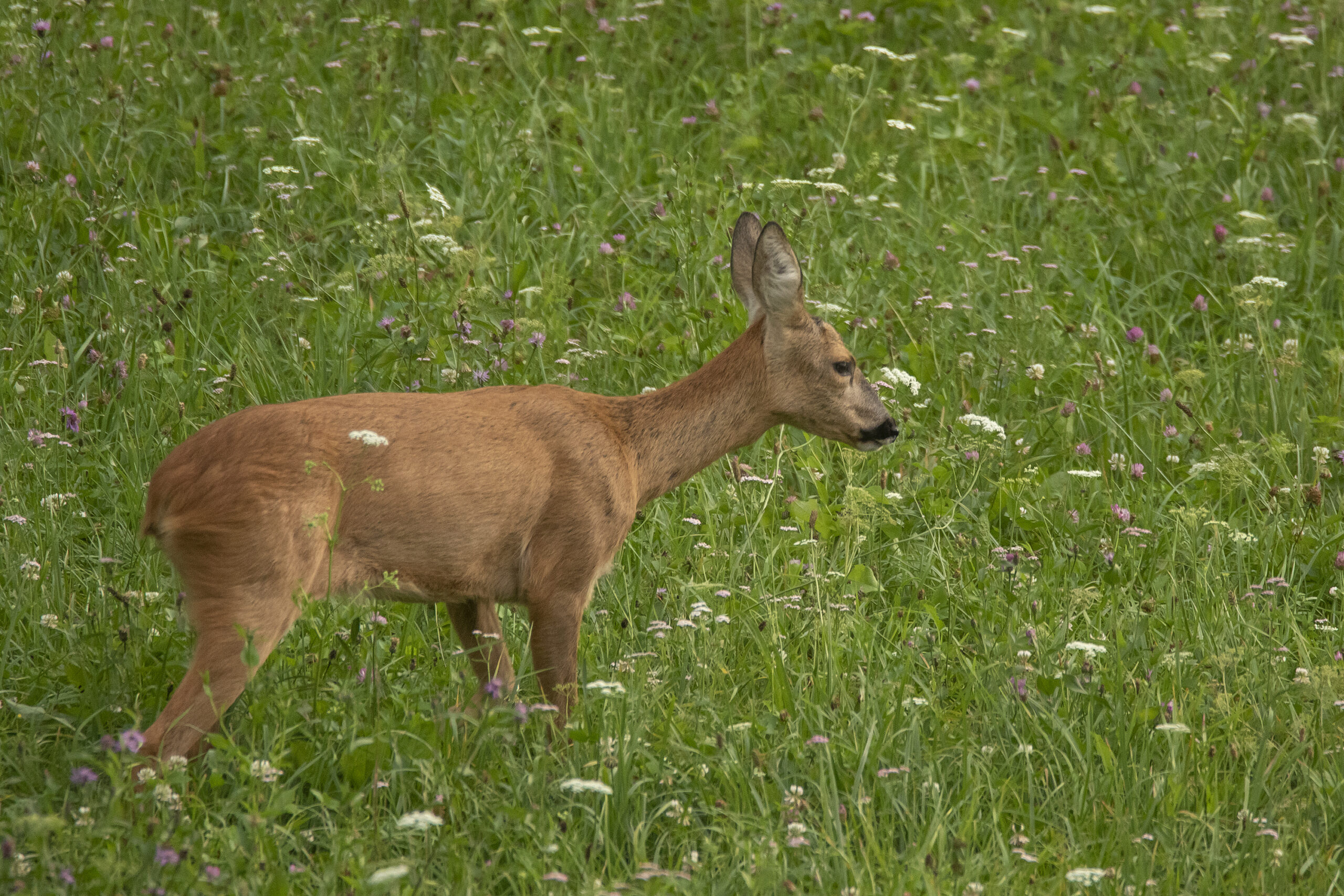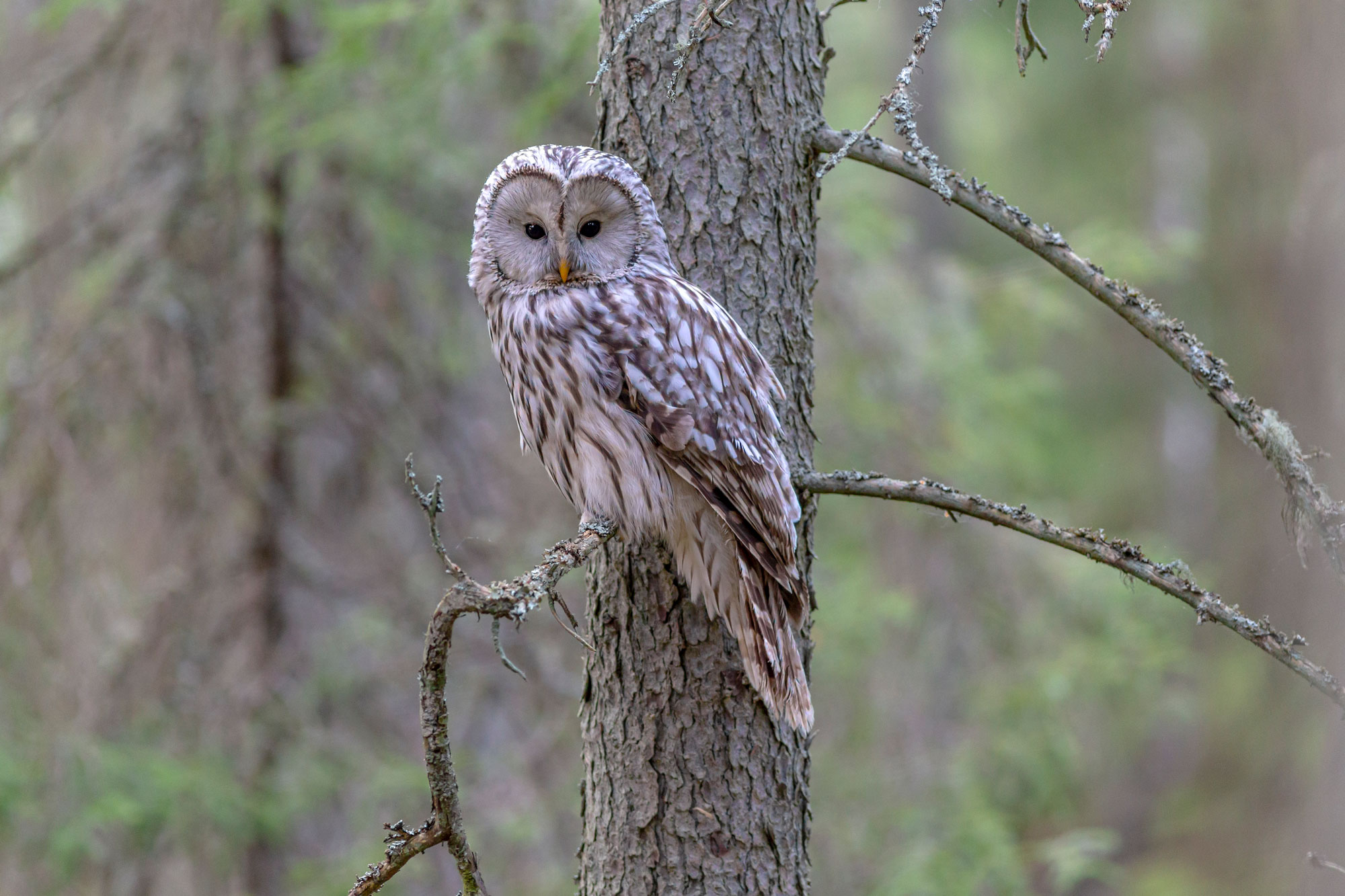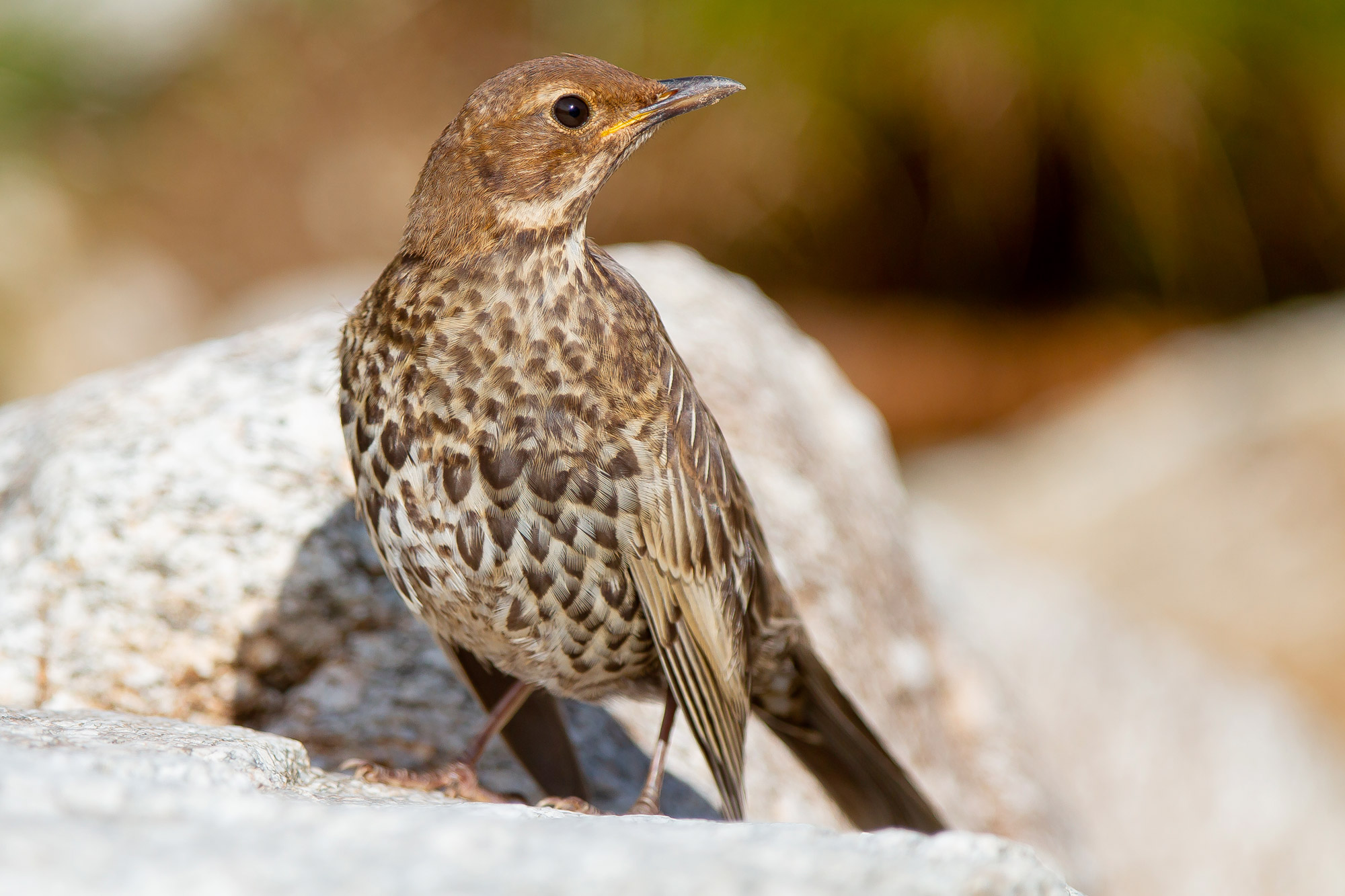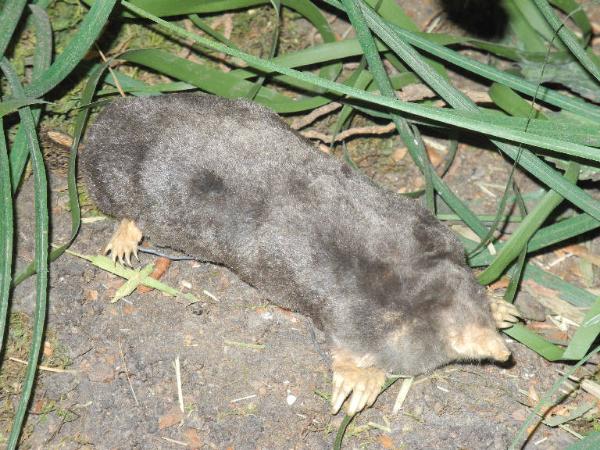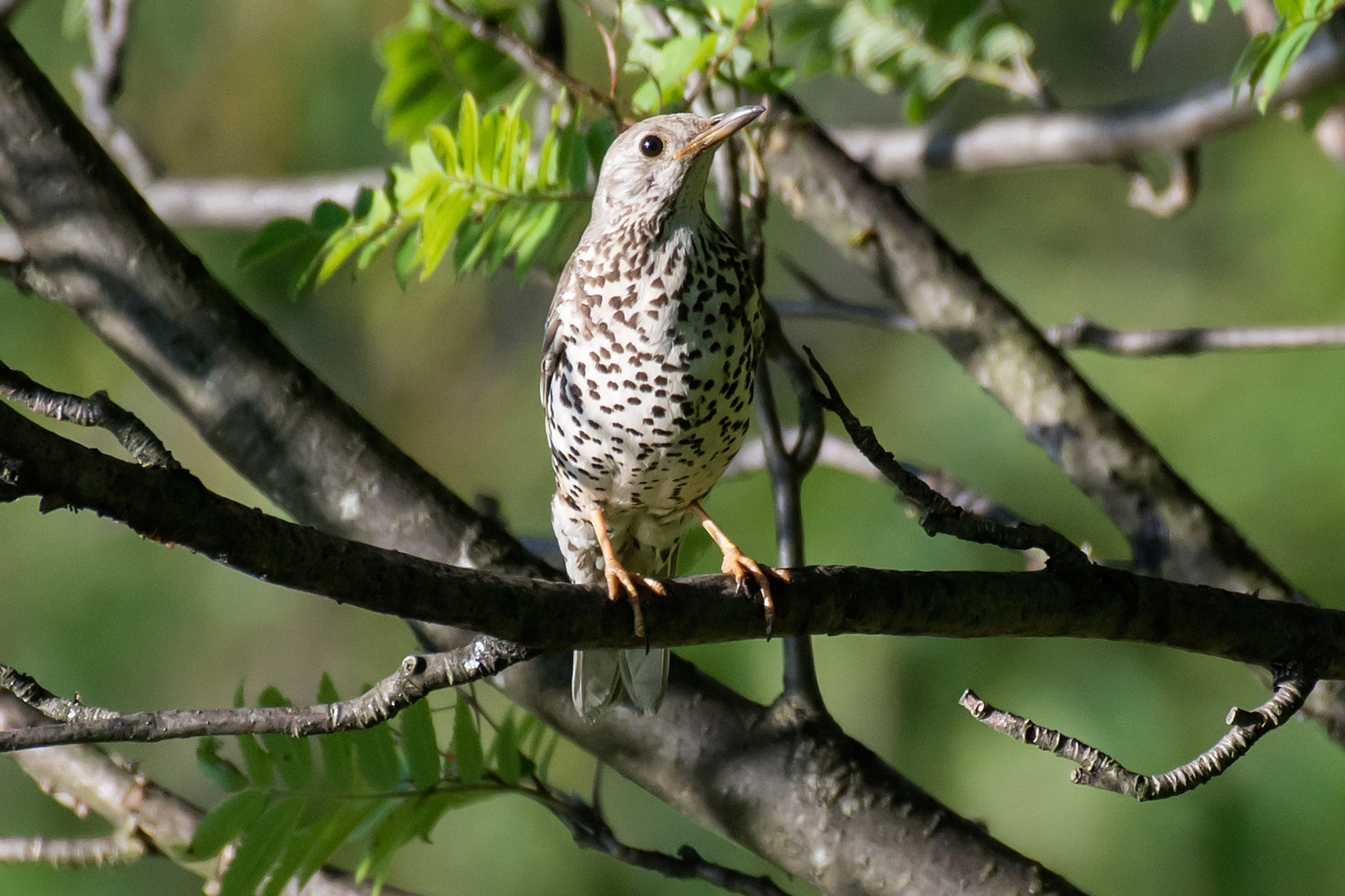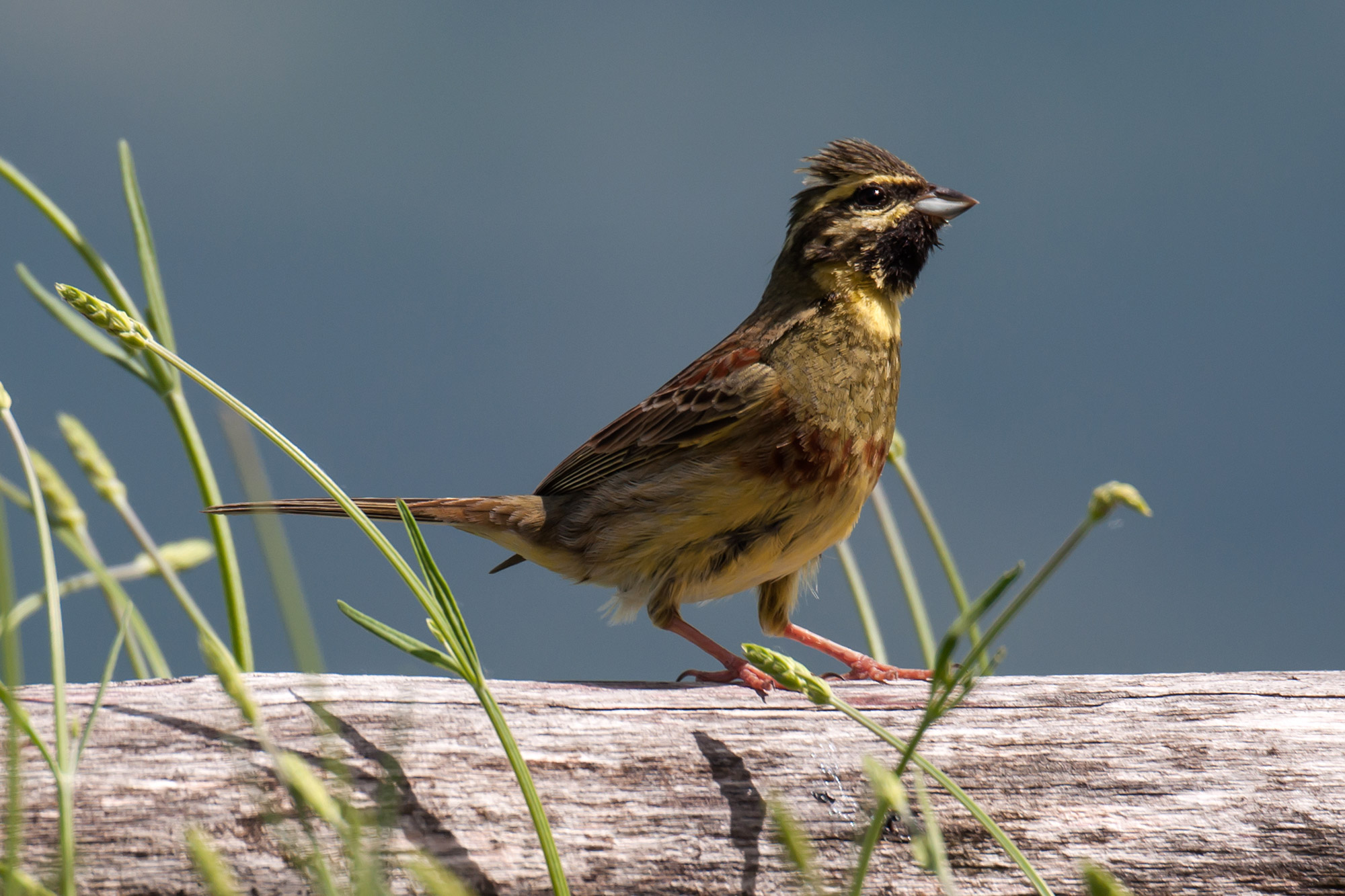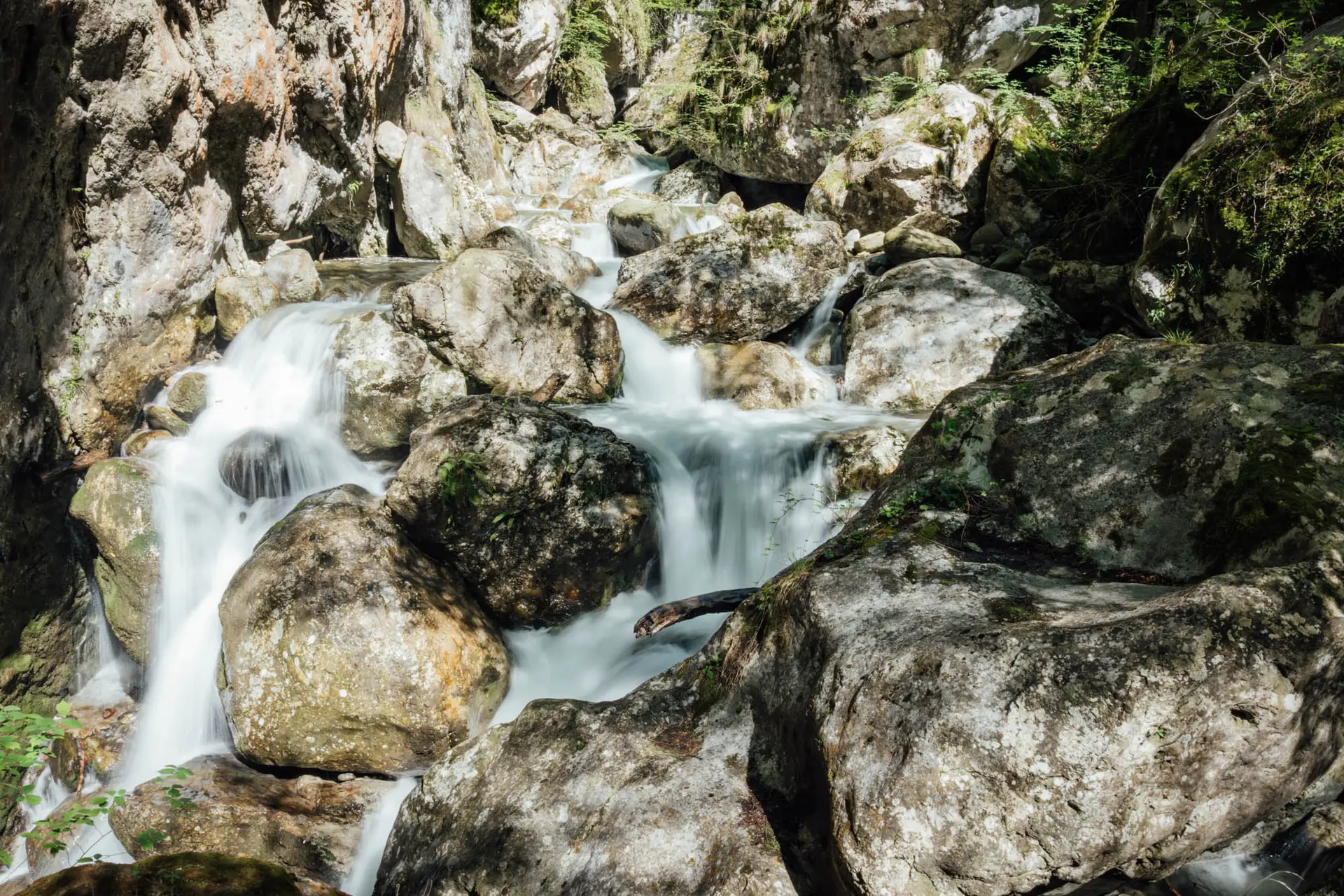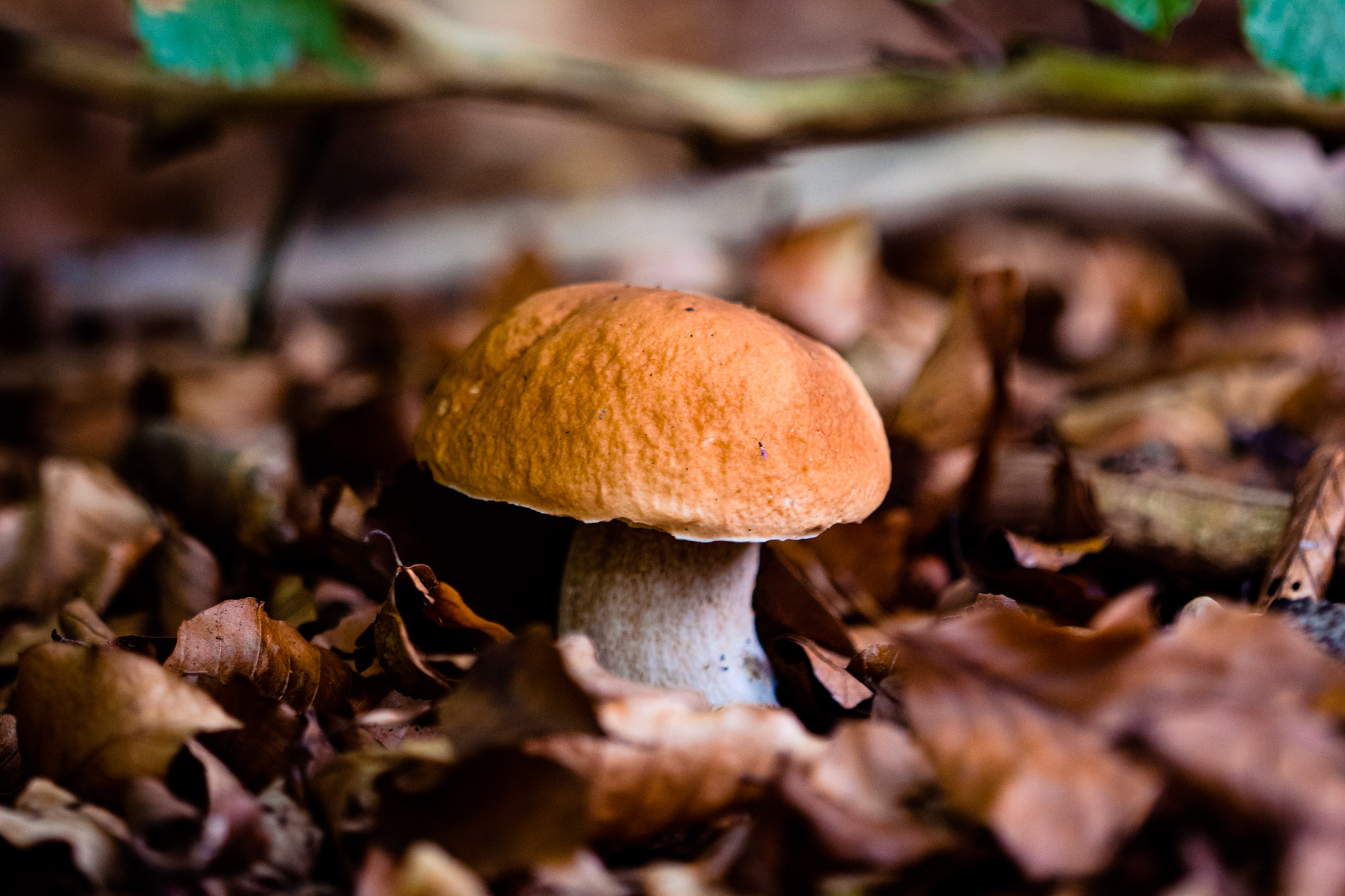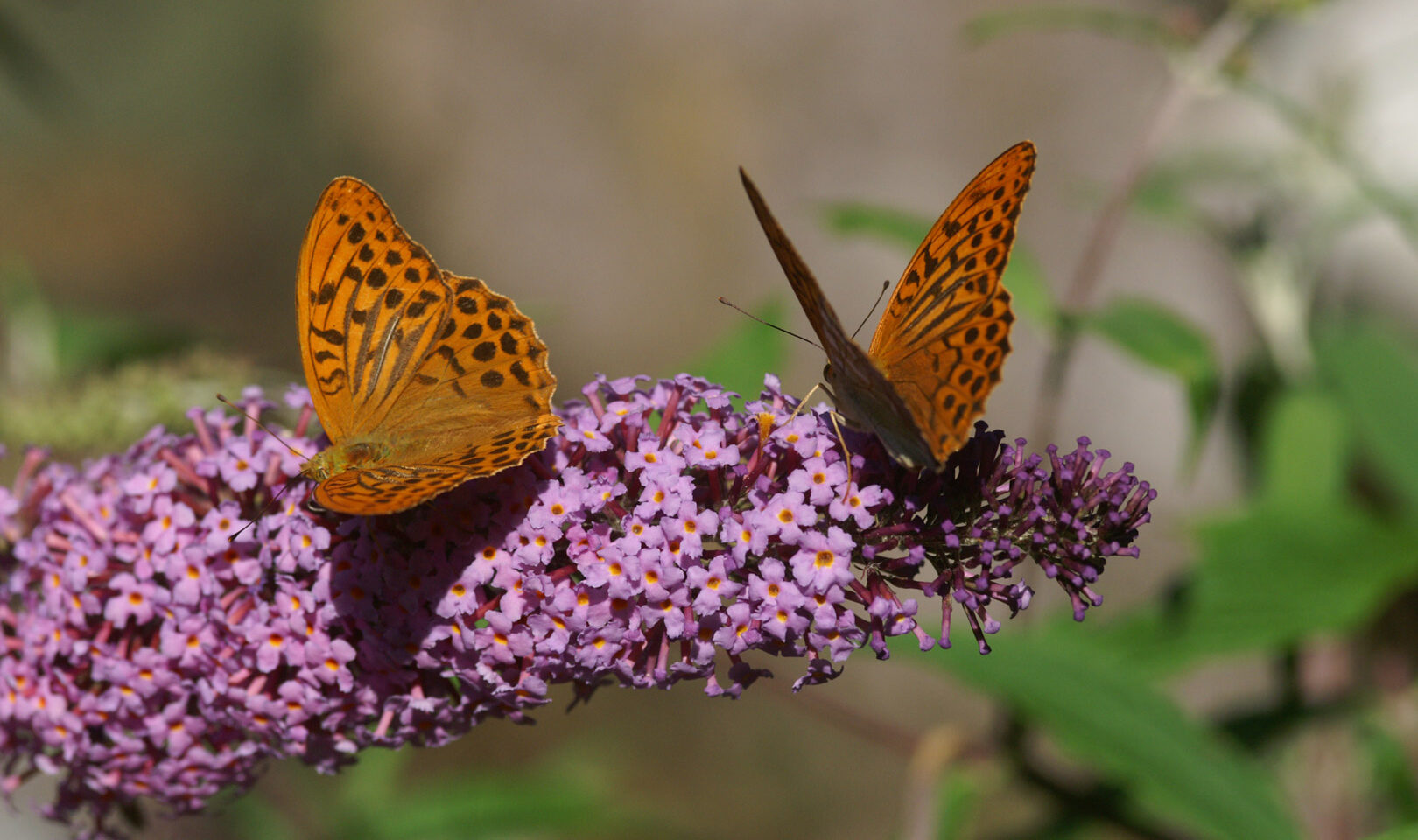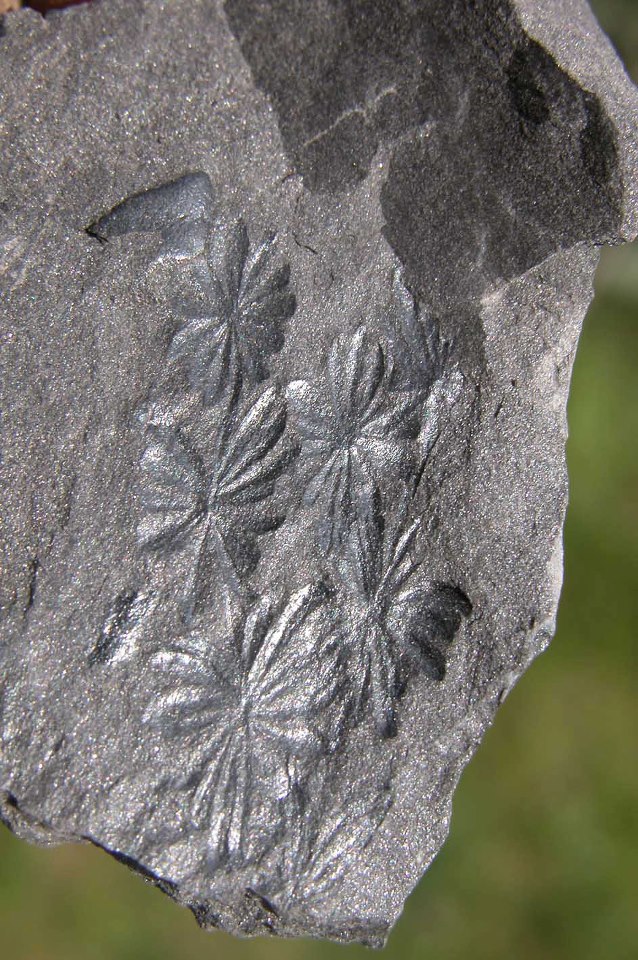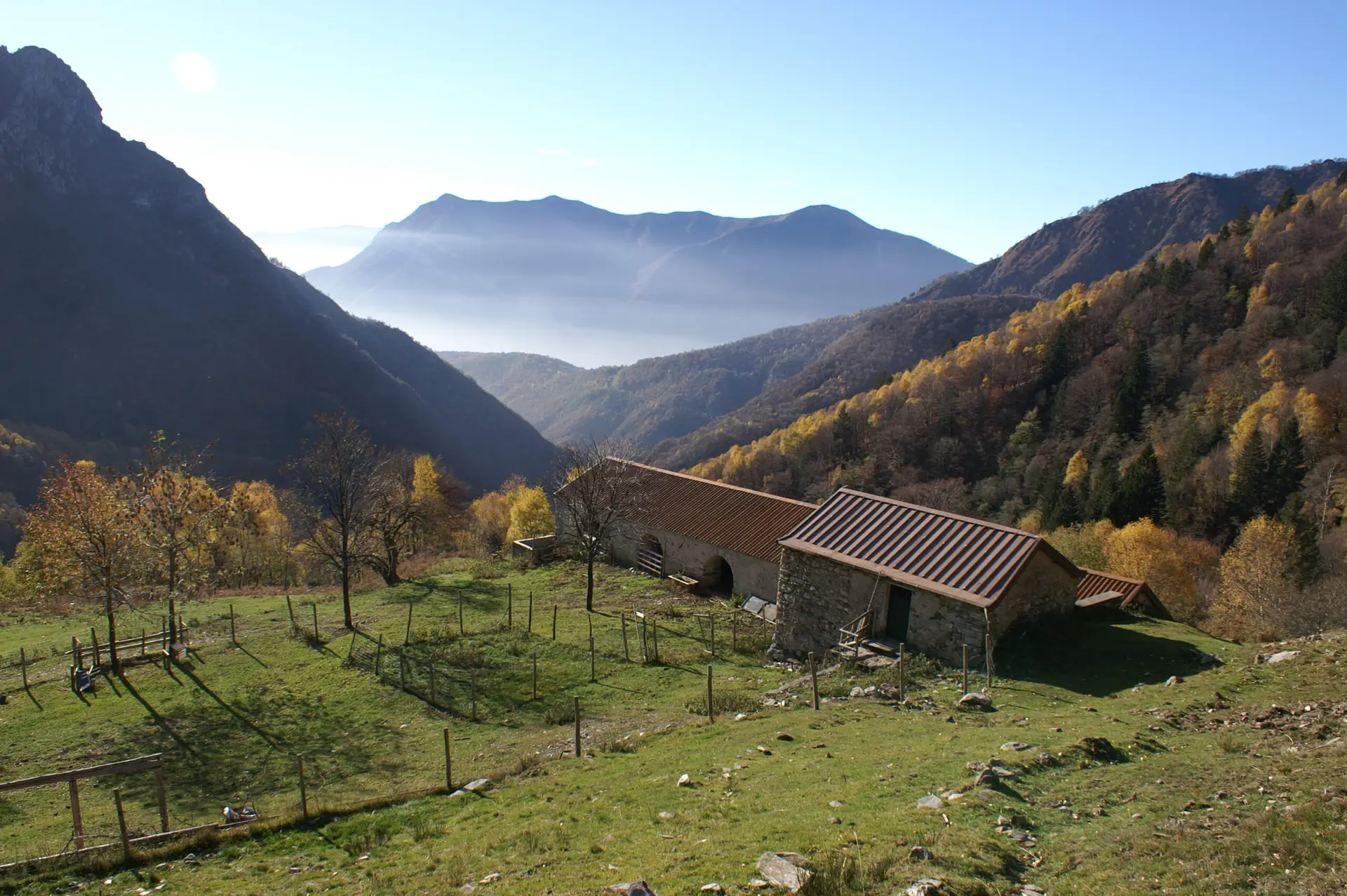Park Fauna

The animals of the Sanagra Valley
The geological diversity and the resulting environmental and vegetation richness of the Sanagra Valley give rise to an extraordinary variety of favorable habitats to the survival and reproduction of numerous animal species.
Le early systematic wildlife research in the valley date back to 1993, thanks to the work of specialists commissioned by the Province of Como, in collaboration with the Italian Natural Science Society of Milan.
These surveys have made it possible to survey about 120 species of vertebrates, including fish, amphibians, reptiles, birds and mammals, as well as 55 families of aquatic invertebrates (insects, mollusks and worms) detected through sampling along the course of Sanagra Creek and its tributaries.
Habitat
Aquatic environment and fish fauna
Sanagra Creek is an ecosystem rich in life, thanks to the quality of its water and the low urbanization of the area.
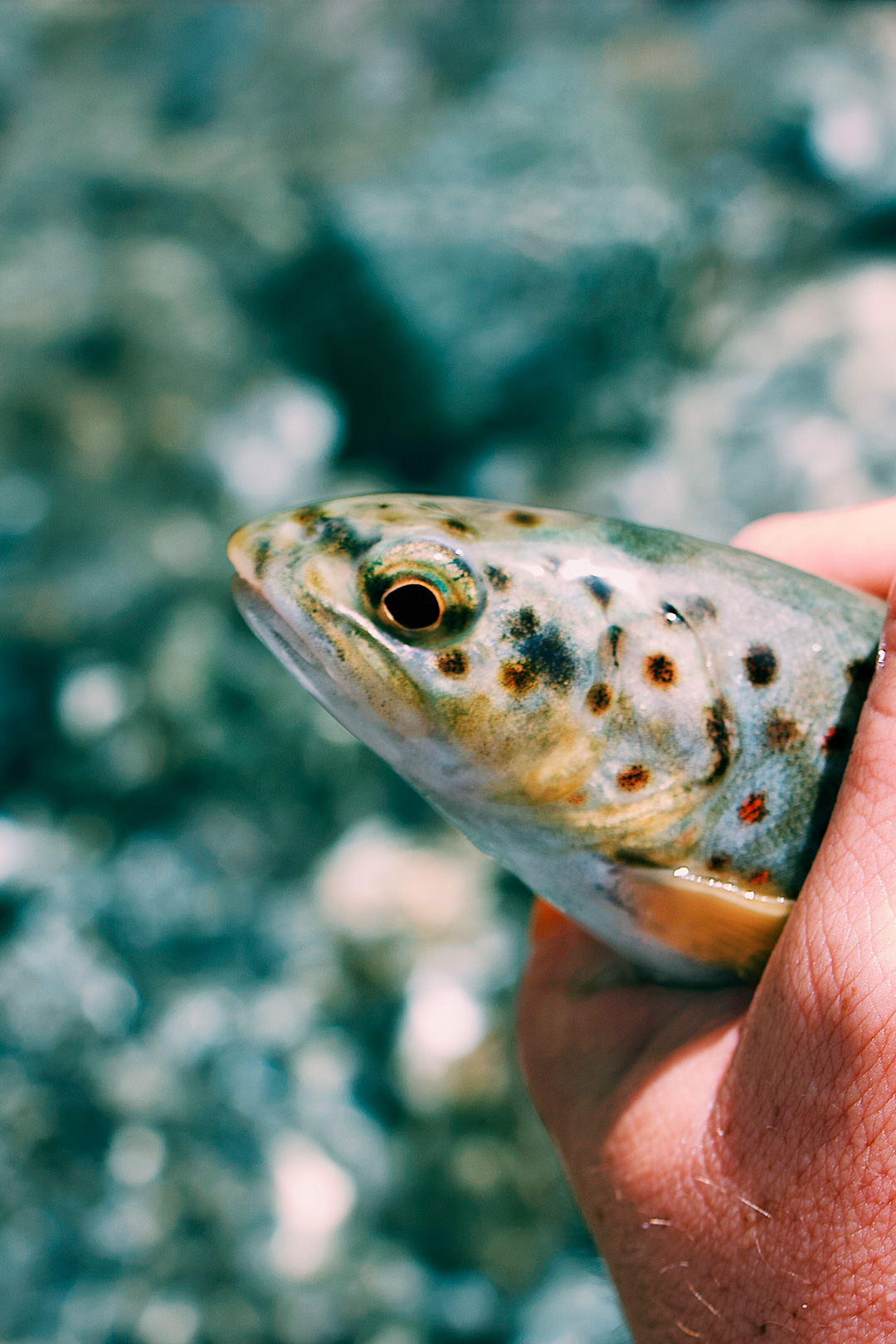
It is inhabited by numerous invertebrates, called "macrobenthos," such as insect nymphs, leeches and larvae of Trichoptera, which are an important food source for fish, amphibians, reptiles and birds.
In the small rivulets that join the stream lives the rare crayfish, a species in decline due to pollution and competition with exotic species. Amphibians include the spotted salamander, while among the fish stand out the brown trout and the rainbow trout, the latter introduced by man.
The creek is also frequented by birds such as the dipper, the kingfisher and the robin. Mammals include the alpine shrew. Riparian fauna includes insects and spiders specialized to live between water and land.
Thanks to the good quality of its water, the Sanagra is a area valued by fishermen and protected by more restrictive fishing regulations. The presence of aquatic macroinvertebrates confirms the healthiness of the environment.
In the Museum Collections.
Animals of the aquatic environment
No results available
Habitat
Fauna of high altitudes
The high altitudes of the Sanagra Valley are home to animals that are well adapted to a harsh environment.
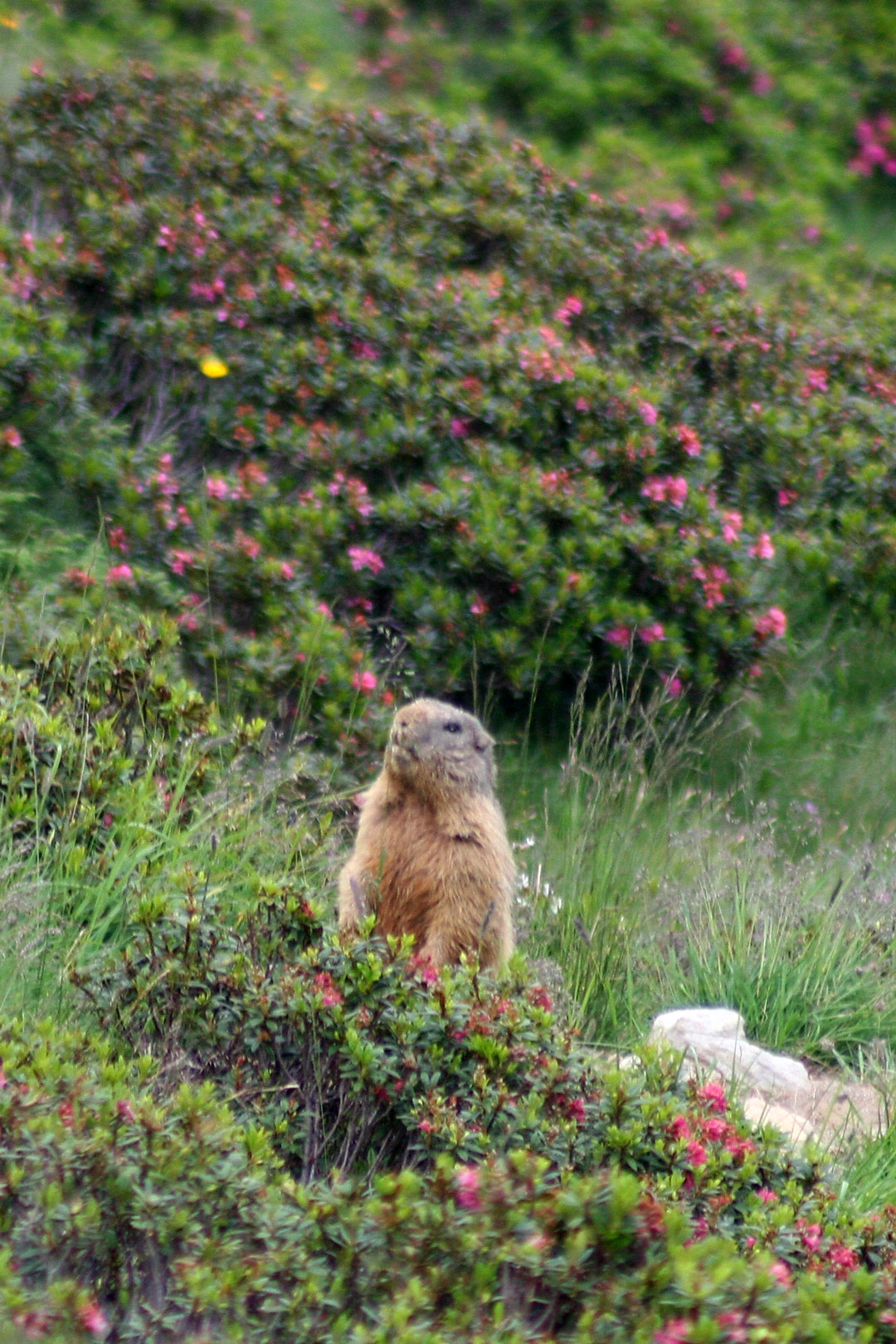
Among the reptiles, some species are ovoviviparous: eggs develop in the mother's body, an advantage in a harsh climate.
This is the case with the Marasso (Vipera berus), of the Viviparous lizard, of the Common viper and of the Austrian wreath. L'Orbettino can go to high altitudes, but the true high-mountain specialists are vipers, unlike snakes such as natrixes, Biacco, and Saettone, which do not go above 1,000 m because they lay eggs outside.
Among the birds, some species remain at high altitude even in winter: the Black grouse dig tunnels in the snow to insulate themselves from the cold, while the Dwarf owl, unlike other owls, also hunts during the day. La Hazel accumulates seed stocks in holes in the ground, while the Ptarmigan changes color according to the season and has feathery paws for walking on snow.
Even among mammals there are specialists of high altitude: theErmine changes fur and color in winter and is able to hunt animals its own size. La Groundhog, present above Santa Mate, survives through hibernation and fat reserves accumulated in summer.
Finally, there is no shortage of insects, numerous and well adapted, if less visible-a small but vital world, not to be forgotten.
In the Museum Collections.
Animals of the
high altitudes
No results available
Habitat
Woodland fauna
Among the animals that inhabit the forests of the Sanagra Valley we find a mosaic of species adapted to live among the leaves, logs and slopes of the valley.
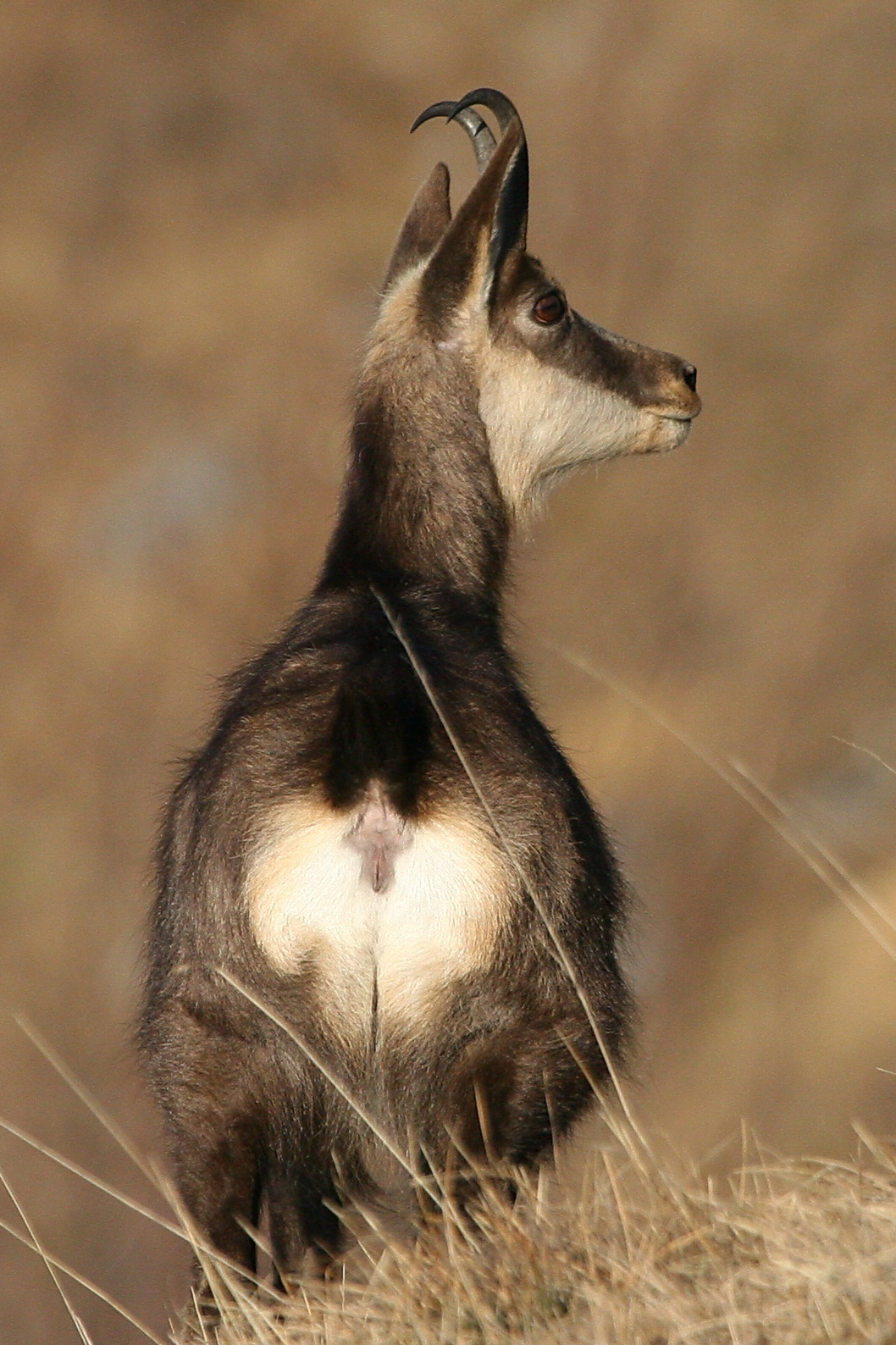
I beech forests host a wide variety of invertebrates in the leaf-rich soil, such as predatory beetles, pseudo-scorpions and other small animals. Among the amphibians, the Spotted salamander, the Common Toad and the Mountain frog, which take advantage of the cool and moist environment.
The Robin, a territorial bird, frequently frequents these areas, while mammals include. dormice, voles e wild mice.
Although there is no true boreal belt, some areas host mixed forests (e.g., white spruce) with a varied, but not specialized fauna: a mix of beech forest species and others from the higher elevations.
In the submontane forests we find reptiles such as the Common viper, visible in the spring, and the Saettone (Coluber of Aesculapius), a snake climber and harmless to humans.
Among birds, common are theTawny Owl, the Buzzard and the Crows gray and black, often forming mixed flocks.
The presence of the wild boar, often hybrid and larger than normal size, is on the rise and can damage the ecosystem. Also living here are roebucks e deer, the latter more impactful for forests.
Other inhabitants are the Fox, approaching population centers, and the Rate, digging deep burrows in the soft undergrowth soils.
In the Museum Collections.
Animals of the Woods
Habitat
The fauna of the lean and pingui meadows.
The meadows of the Sanagra Valley, although at first glance they may appear to be simple and peaceful spaces, are actually home to a wide variety of animals, often hidden in grass, under stones or in the ground.
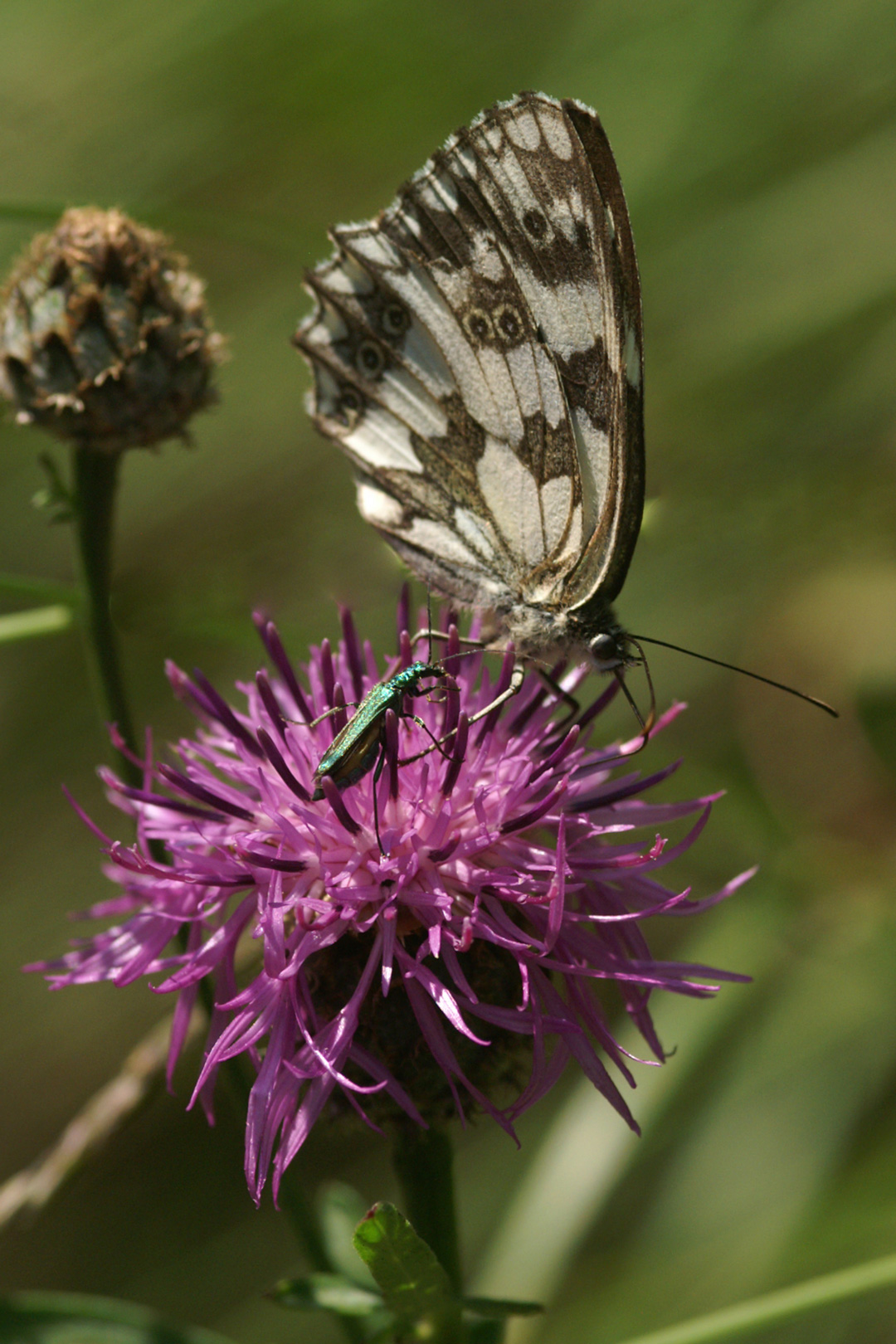
Among the most curious insects, we find the Field cricket, which digs a burrow and sings near the entrance to attract females, and the Praying mantis, Unerring predator that captures its prey with its snapping front legs.
Also found in the meadows are its ovoteche, white meringue-like structures hidden under stones. The Flying deer, the largest beetle in our regions, feeds on the sap of oak trees and lives only for a short summer after years as a larva in rotten wood.
Prominent among the spiders is the rare and fascinating Spider upholsterer, a relative of tropical migals. The meadows are also home to reptiles such as the orbettino, a legless lizard often mistaken for a snake, and the wall lizard, which also inhabits the country's dry stone walls. Both can become prey for the Smooth coluber, a shy snake that is difficult to observe.
More visible is the Biacco, a long, skittish snake that sometimes crosses paths, inspiring fear but completely harmless. It can engage in long "fights" with the Ramarro, a large lizard with a bright green color.
In wetter meadows, nests the Cesena, a gregarious bird that arrives in flocks from northern Europe, also visible near the country, especially in winter.
And finally, among mammals, the easiest to spot is the Mole European, leaving classic mounds of soil in the meadows, alongside voles and crocuses that populate the subsoil.
In the Museum Collections.
Animals of the Meadows
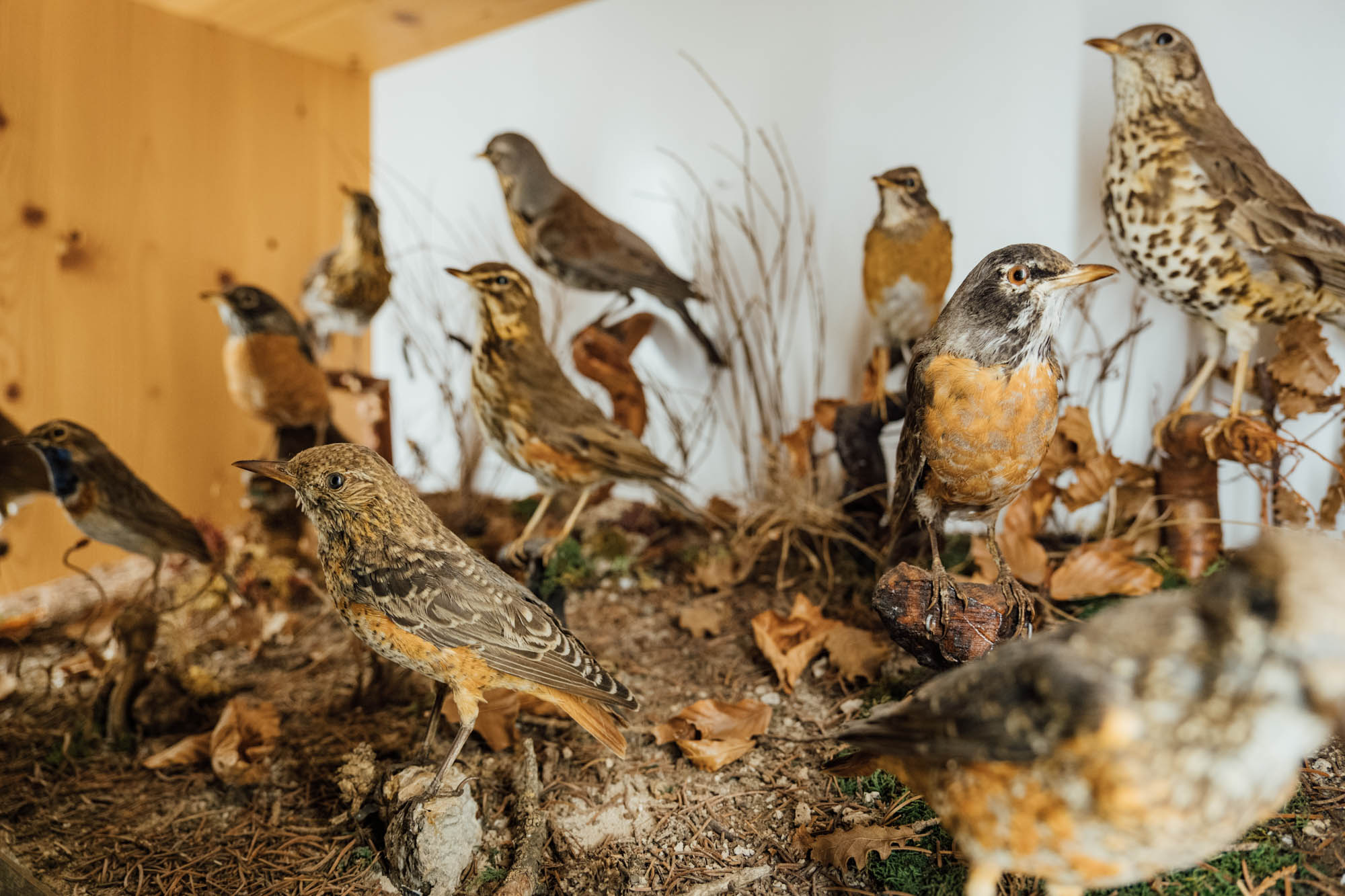
Meet the Park's Fauna at the Val Sanagra Museum
From common animals to hidden predators, find out who has inhabited and inhabits the Sanagra Valley. Visit the Eco-Fauna Hall and take a closer look at the biodiversity of the area.
